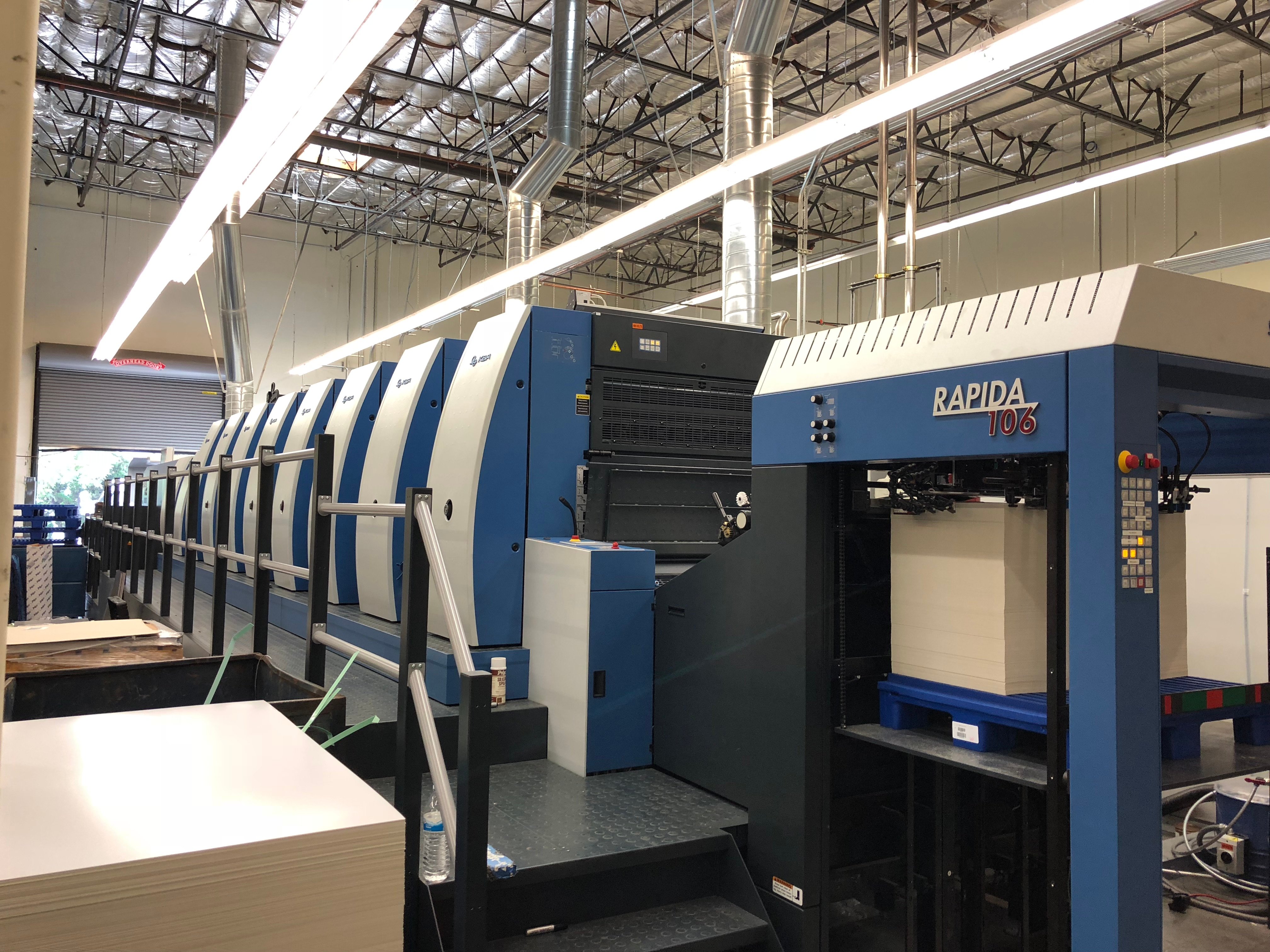litho printing for Mass Commercial Projects
A Comprehensive Overview to Recognizing Litho Printing Techniques
The world of litho printing, a method originating from the late 18th century, is a remarkable mix of history, scientific research, art and development. Remain with us as we trip right into the exciting world of litho printing.
The Historical Development of Litho Printing
The historical trajectory of litho printing, a crucial technology in the world of interaction, is a fascinating tale of human resourcefulness. The procedure progressed with the advent of the rotating press, which considerably boosted productivity. Each stage of litho printing's advancement showcases mankind's ruthless quest of efficiency and top quality in visual communication.
Deciphering the Science Behind Litho Printing Inks
Relocating onward in the exploration of litho printing strategies, the emphasis now changes to the science behind litho printing inks. The composition of these inks, their drying out process, and shade mixing methods form the foundation of this complicated art form. Recognizing these elements is essential to understanding the craft and accomplishing the desired print results.
Structure of Litho Inks
In lithographic printing, the essential duty of litho inks can not be overstated. The make-up of litho inks differs depending upon its objective, however normally, they consist of 2 major components - pigments and lorries. Pigments, the color-providing elements, are finely ground particles put on hold in the automobile, a fluid that brings the pigment onto the printing surface area. The lorry is an intricate blend of oils, solvents, and resins, which affect the ink's drying out time, attachment, and gloss. In addition, various ingredients are existing to boost certain buildings like circulation, drying, and resistance to ecological results. Each component plays a critical component in the final print's high quality, making the exact formulation of litho inks a complex science.
Ink Drying Process
From the structure of litho inks, attention turns to the remarkable process of ink drying. 2 primary approaches are utilized in litho printing: oxidative drying out and absorption. Absorption, on the various other hand, entails the ink permeating into the paper fibers, which is a faster process however can lead to less dynamic shades.
Color Mixing Methods
While the drying out procedure plays a crucial role in litho printing, the scientific research of color blending strategies holds equivalent relevance. This is a complex process that involves the careful blending of primaries: cyan, magenta, and yellow, in differing proportions to attain a broad variety of hues. The enhancement of black ink, called 'essential', helps in regulating the strength and depth of the shades. The science behind litho printing inks likewise considers the transparency of the ink, which impacts just how colors overlay and mix. To achieve a reliable shade mix, print professionals must additionally comprehend the ins and outs of ink behavior, shade concept, and the physical buildings of the substratum on which the ink is applied.
The Art and Style Components in Litho Printing
Litho printing breathes life into art and style with its one-of-a-kind aspects. The process includes producing an image on a lithographic limestone plate or metal plate with a smooth surface. The photo is after that printed onto a tool, typically paper, by moving the ink from the plate. What collections litho publishing apart is its capability to duplicate detailed layouts with high fidelity, making the output virtually identical to the original artwork. This is achieved through the use of different line methods such as cross-hatching, stippling, and hatching, which permit for a series of tonal results. Litho printing accommodates a range of shades, making it official website possible for musicians to create dynamic and vibrant prints. This combination of precision and versatility makes litho printing a favored selection for lots of musicians and designers.
Modern Applications of Litho Printing Methods
Litho printing strategies have discovered comprehensive use in the contemporary business market. Its influence and value remain to grow with the arrival of new developments and technologies in the field. This section will certainly explore these modern applications and the transformative role they play in the printing industry.
Commercial Litho Printing Makes Use Of
Litho printing continues to be a vital part of the industrial sector. High-volume printing jobs, such as the manufacturing of books, newspapers, and packaging, rely on litho printing for its capability to supply premium image quality and cost performance. Litho printing also provides a broad shade spectrum, remarkable to that of digital printing.
Developments in Litho Printing
Pushing the boundaries of standard techniques, modern improvements have fueled a host of innovations in litho printing. One noticeable growth is electronic litho printing, which combines the virtues of electronic technology with litho's premium outcome. These technologies underscore the enduring importance of litho printing in the modern world.
Checking out the Refine of Litho Printing: Detailed

Obstacles and Solutions in Contemporary Litho Printing

Regardless of the accuracy and tradition that litho printing happily supports, it is not without its collection of contemporary challenges. Digital litho printing allows for cost-effective short runs and very easy customization, attending to the problem of variable data. Thus, while there are obstacles, the litho printing sector is proactively adjusting to satisfy them head-on, ensuring its relevance in the future.
Final thought
Finally, litho printing, with its abundant background and scientific details, holds a considerable location in the print industry. As the guide reveals, it's a synthesis of art and technology, with contemporary developments ensuring its importance. Nevertheless, the industry More Bonuses encounters difficulties that require cutting-edge options, with a focus on automation and sustainability. The future of litho printing depends upon its capacity to adapt to these pop over to this site changing demands, affirming its long-lasting value in a developing market.
